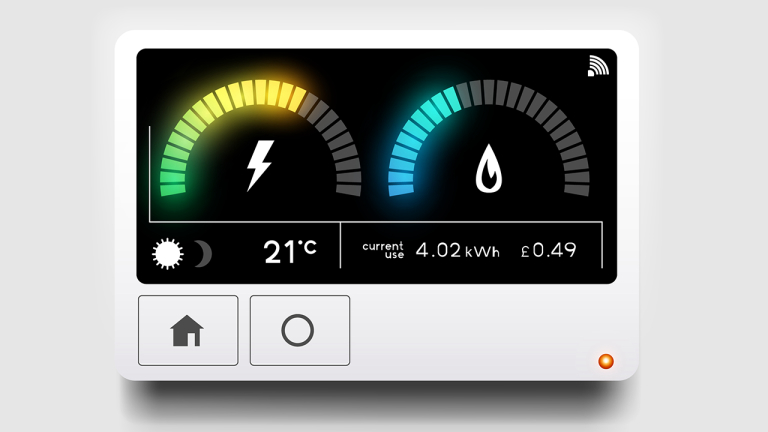
How to make objective decisions about investments in energy-saving solutions in city buildings? One possible approach is to use the energy ecosystem. This has been developed for Prague in a pilot project by the city's company Operátor ICT, a. s. (OICT), which presented its findings to the Prague city councillors at the beginning of January and presented them with lessons learned that can be applied in practice. The result of the pilot project is a tool for the implementation of energy savings, which can help the Prague City Council (MHMP), which manages or owns thousands of buildings, to effectively decide on the direction of spending in the area of investment in energy measures.
For the pilot project, which had several phases and throughout its duration was carried out in close cooperation with the Environmental Protection Department of the MHMP (OCP-MHMP) and the Energy Manager's Department (OEM-MHMP), 80 buildings owned and managed by the MHMP were selected with different age, type of use, building envelope, technical equipment. An important aspect was to include a sufficiently large and diverse sample of buildings in the pilot project to which the developed methodology was applied. Therefore, the pilot project included school buildings, retirement homes, cultural facilities or office buildings. OICT also developed, in cooperation with specialists from the CTU and UCEEB CTU, a building assessment methodology and created the so-called building atlas. This provides basic information on individual buildings, their technical condition, energy and water consumption, as well as the savings potential for the implementation of energy-saving measures. The resulting energy ecosystem, which would ideally operate within a single information system, would enable the prioritisation of buildings suitable for the implementation of energy-saving measures. The conclusions of the pilot project were presented at a workshop at the end of February to others, primarily the representatives of the Prague City Council departments. A suitable proposal for a financial model was also developed.
"Our company has extensive experience with energy projects and shares and interconnects the knowledge from their implementation. The comprehensive energy ecosystem is the output of a large-scale project. It provides a tailored building and facility rating system that enables informed decision-making on the direction of investments in energy measures and innovations and detailed data-driven analysis of energy consumption. We have already presented the outputs of the final project report to representatives of the Prague City Council during a workshop in February. We also opened and presented this topic at the conference "Energy Efficient Prague" held at the Centre for Architecture and Urban Planning in mid-March. The results from this workshop are currently serving as a platform for key representatives of the Prague City Council to gain detailed insight into the methodology and to make adequate decisions on the continuation of the project. Particularly at this time, given the situation on the energy market, it is important to have a reliable tool at hand that helps us to have a realistic overview of the energy situation and its impact on the budget," says OICT CEO Tomas Barczi.
"In the pilot operation, the energy ecosystem was mainly used to collect technical information about buildings, including monitoring electricity, gas, heat and water consumption, and to evaluate both the savings potential of implementing individual savings measures and the savings achieved. Working with our Golemio data platform team, we provided automated information feeds and data updates through remote energy and water readings. Furthermore, we have created an online database to which the data is imported and which works with computational models," says Petr Suška, Director of the Smart City, Innovation and Project Management Department, adding that the current dashboards from the pilot project are publicly available on the project website: smartprague.eu/projects/energy-in-buildings-of-the-major-city-of-prague. This enables anyone to see the analyses produced by OICT experts.
Results of the pilot project
The City of Prague manages approximately 1,200 buildings, which have high operating costs, especially in terms of energy and water costs. The project was therefore carried out on a diverse sample of 80 buildings. These were evaluated on the basis of the methodology developed in the framework of the project. It showed that for 37 buildings envelope measures were proposed, 26 buildings were assessed without significant savings potential on the building envelope. However, 8 of these 26 buildings were found to have a high potential to save energy consumption if the building's technical equipment is upgraded. The pilot project also had to deal with the fact that the buildings are located in a conservation area and there are restrictions for them to intervene in their external envelope. In these specific cases, the project focused on recommendations that only concerned the design of measures to retrofit the technical equipment of the buildings. These include, for example, the replacement of heating sources with more efficient ones, the use of renewable energy sources for hot water heating, and the installation of efficient LED lighting.
The outcome of the pilot project is also a proposal for a financial model that could set rules on how to redistribute the money saved by implementing energy efficiency measures.




